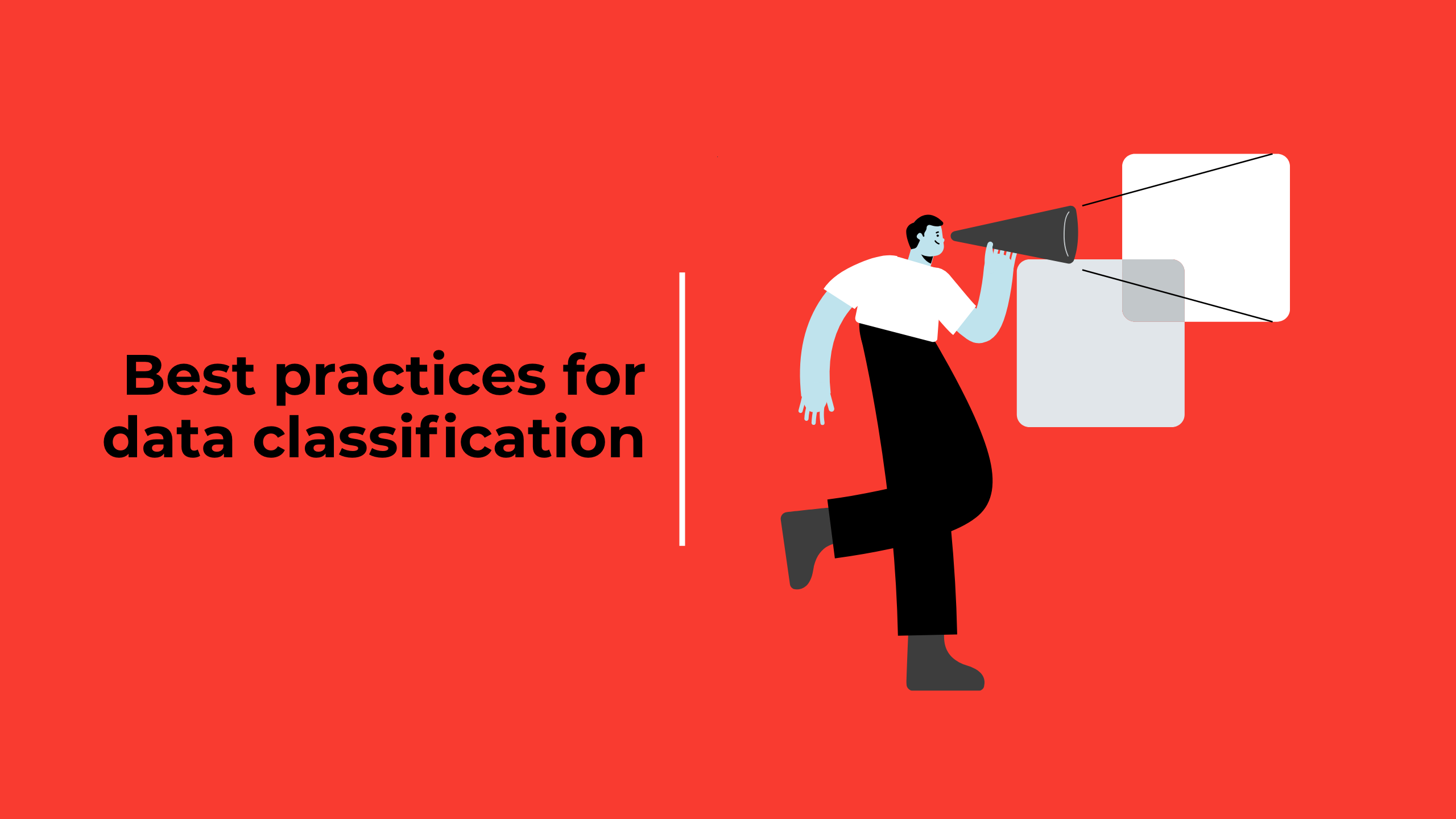Data classification has become an inescapable necessity in today’s digital world, where the amount of data generated, stored and shared is exploding at dizzying speed. Whether you’re a small business, a large corporation, or even an individual concerned about the management of your personal information, understanding and applying data classification best practices is crucial. Here’s a guide to help you navigate this complex but essential field.
What is data classification?
Data classification involves organizing data into categories, based on predefined criteria, for effective management, protection and use. This can range from basic classifications, such as public or confidential, to more complex classifications based on data sensitivity, regulation or importance.
Why classify data?
Data classification helps to:
- Improve data security: By identifying sensitive data that requires greater protection.
- Comply with regulations: Such as the RGPD in Europe, which requires specific protection for certain categories of data.
- Optimize information management: By ensuring that data is stored, archived, and accessed efficiently and effectively.
Best practices for data classification
Establish clear policies
Data classification policies are a set of guidelines that govern how information should be handled within an organization. These policies help to ensure that data is managed securely and efficiently throughout its lifecycle.
Know your data
In-depth knowledge of the data handled is a fundamental prerequisite for effective and relevant classification. Knowing whether the data handled is personal, financial, or confidential, determines not only the level of protection required, but also how that data should be handled and shared.
Use classification labels
Applying classification labels such as “Confidential”, “Internal” or “Public” to documents and data is an essential practice in information management. Classification labels simplify understanding of how different information should be handled, shared and protected.
User training
User training and awareness are essential to ensure the effectiveness of any data classification policy. Even best practices and technologies become useless if employees, who are often the first line of defence against data breaches, don’t understand their role in protecting information.
Implementing technology solutions
Implementing technological solutions for data classification is not just a matter of convenience; it’s a necessity in an environment where data volume and complexity are constantly increasing. By choosing the right tools and integrating them strategically into business processes, organizations can significantly improve the accuracy, efficiency and security of data classification.
Reassess regularly
Regular re-evaluation of data classifications is a critical step in information management. As organizations evolve, so do the security threat landscape, data protection regulations, and the very nature of data itself. Without periodic reassessment and adjustment, data classification strategies can quickly become obsolete, leaving corporate information vulnerable or poorly managed.
Access management
Access management is a fundamental component of data classification, involving strategies and technologies designed to ensure that only authorized people can access certain data, particularly sensitive or confidential information.
Effective data classification is not just a matter of regulatory compliance, but a crucial step towards secure and efficient information management. By following these best practices, you can not only protect your data from external and internal threats, but also optimize the use of your information resources. Data classification is not a one-off project, but an ongoing process that needs to evolve with your organization and the data landscape in general.
Having a clear data classification strategy is essential in today’s ever-changing digital world. By implementing these practices, organizations can not only minimize risk but also maximize the efficiency and value of their data.

